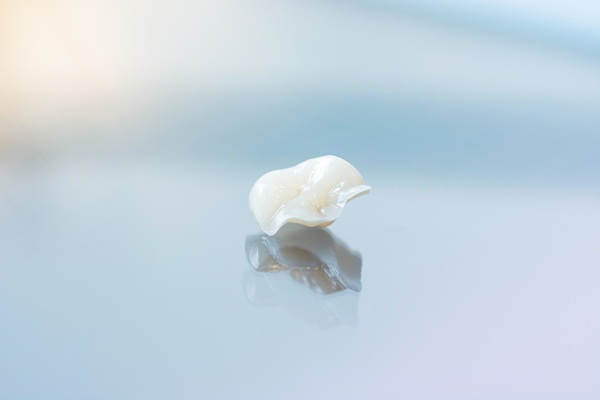How a Family Dentist Can Help With Dental Anxiety

Dental anxiety can lead to you missing important dental appointments and that can have a negative impact on your long-term dental and overall health. For some, the fear of having a painful experience keeps them away from the dentist, while others might not like having a dentist and their staff crowding them as they work.
Thanks to the ever-increasing effectiveness of anesthetics, the days of painful dental experiences have been over for several decades. Patients rarely feel anything during dental appointments since anesthetics are used during treatments that might cause the patient discomfort or pain.
Understanding dental anxiety
Millions of people in the U.S. deal with dental phobias and they can be caused by many things including:
- Being worried about the appearance of your teeth
- A fear of needles
- Being worried your gag reflex might be triggered during treatment
- Being scared of pain
- A fear of dentists in general
- Fear of not being in control during treatment
- A fear of noisy equipment
Identifying the cause of a patient's dental anxiety is the first step towards helping them to overcome their phobias. Getting past their fears allows patients to get preventative treatments like cleanings and routine checkups which are an important part of keeping teeth healthy. Getting these and other preventative treatments usually reduces the need for complex treatments in the future.
Scared of going to the dentist? Here are some ways you can overcome your fears and take charge of your oral and overall health:
- Talk to the dentist: Dentists are not psychic, so patients should not assume they are aware of their fears. Informing a dentist about one's fears allows them to make adjustments that can make treatments more pleasant for the patient.
- Listen to music: Music helps to relax the mind and it can drown out thoughts that lead to anxiety in a patient's mind. Patients should consider using wireless headphones or earbuds since these are less likely to interfere with the dentist's work.
- Ask for a signal: There are many people whose dental anxiety stems from the fact they do not like losing control or being surrounded by others. For such patients, having a hand signal they can use to let the dentist and their staff know they need a break can make their experience more pleasant. It allows them to feel like they are in control during their treatments.
- Use a throat spray: Spraying the throat can help to reduce a person's gag reflex for about an hour.
How a family dentist can help
There is also a scientific approach a family dentist can use to deal with dental anxiety. It is called sedation dentistry and it involves administering a medication that helps to keep patients with dental phobias relaxed during their treatment. Nitrous oxide is one of the most common sedatives used to keep patients relaxed.
Our family dentist can help you to deal with dental phobia
Call or visit our Hemet clinic to learn more about how we can help you to get past dental anxiety.
Let's get started…
Request an appointment here: https://hemetdentalcenter.com or call Hemet Dental Center: Brian Stiewel DDS, INC. at (951) 707-4366 for an appointment in our Hemet office.
Check out what others are saying about our services on Yelp: Read our Yelp reviews.
Recent Posts
There are two types of tooth extractions: simple and surgical. Simple extractions are for teeth that are entirely exposed and can be accessed above the gumline. Surgical extractions require an incision into the gumline or connective tissue. The type a patient needs depends on the cause and state of the tooth. Here are six reasons…
A dental inlay is one of several restorative options available to repair damaged teeth and preserve oral health. When decay, fractures, or wear compromise the strength or structure of a tooth, dentists consider the severity and location of the damage to determine the most appropriate treatment. Understanding the differences between a dental inlay, onlay, filling,…
Whether you recently had a tooth extraction or are preparing for the procedure, there are a few guidelines to follow after oral surgery. Properly caring for your health can help you recover as healthily as possible and reduce the risks of complications. Here are some tips to help you have a comfortable and speedy recovery.In…
Dental bridges can replace missing teeth effectively and often without needing surgery. Not only will this restore the smile, but it also helps patients avoid the negative oral health effects of missing teeth. A general dentist can determine whether a patient is a good candidate for bridges in a consultation. However, learning the basics can…


